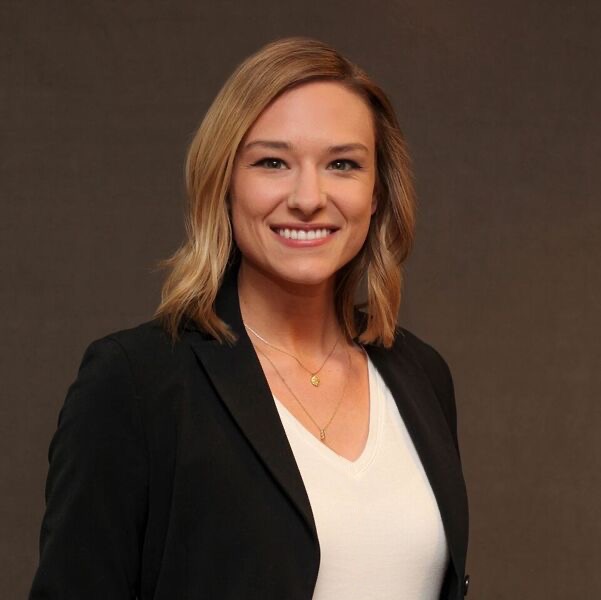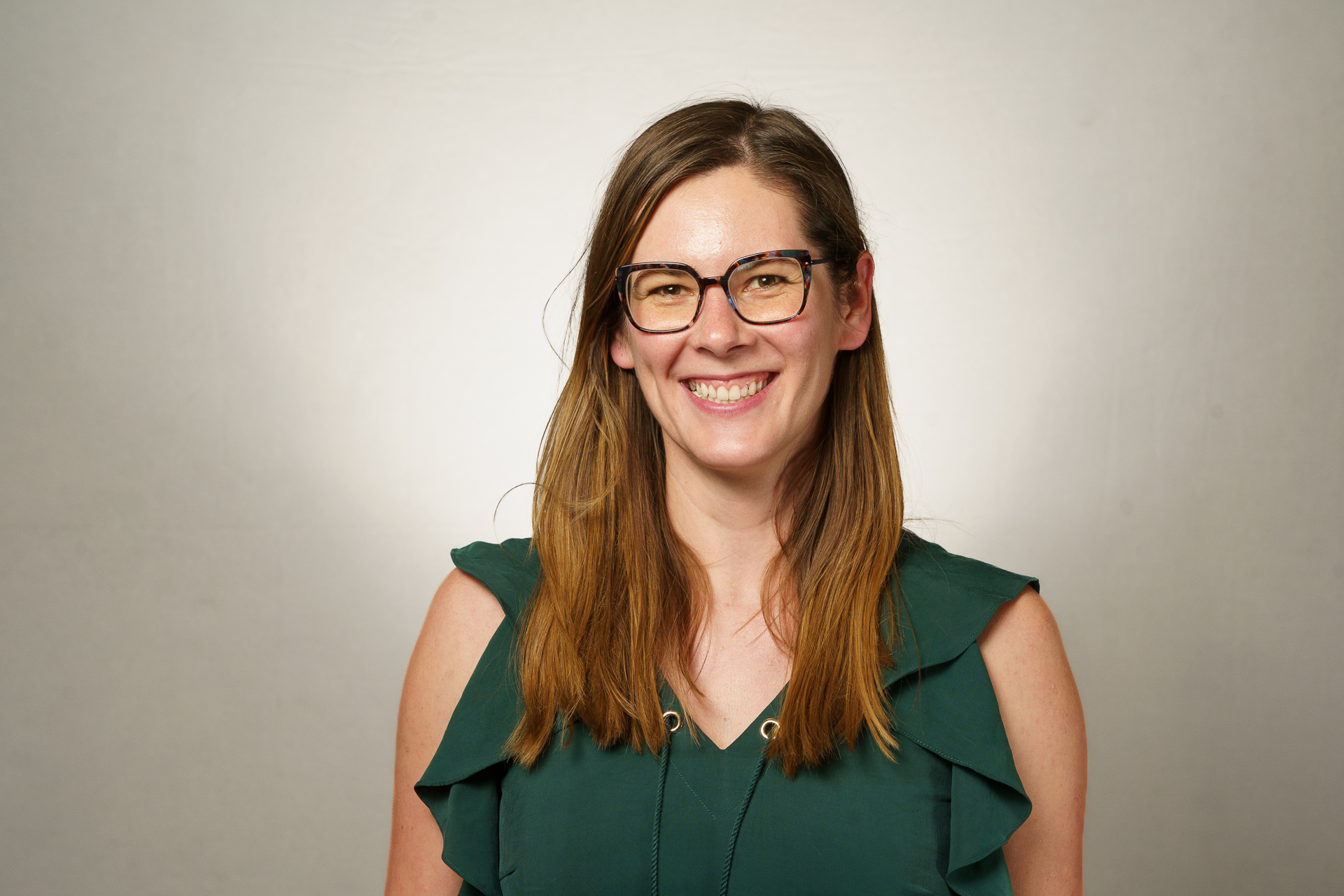Child / Adolescent - Anxiety
Preliminary effectiveness results from an intensive outpatient program for adolescents with anxiety and obsessive-compulsive disorders
(PS5-48) Preliminary Effectiveness Results from an Intensive Outpatient Program for Adolescents with Anxiety and Obsessive-compulsive Disorders

Allie E. Morford, Ph.D.
Clinical Psychology Postdoctoral Fellow
Children's Hospital of Colorado
Denver, Colorado, United States- BM
Benjamin C. Mullin, Ph.D.
Associate Professor of Psychiatry
Children's Hospital of Colorado
Aurora, Colorado, United States - JC
Jerrica R. Cherry, LPC
LCP Instructor
Children's Hospital of Colorado
Parker, Colorado, United States - CB
Ciara Baumann, Ph.D.
Senior Instructor
Children's Hospital of Colorado
Aurora, Colorado, United States - AK
Ashley Kreeger, M.A., LPC
Instructor
University of Colorado Anschutz Medical Campus
Aurora, Colorado, United States 
Zuzanna K. Wojcieszak, Ph.D.
Senior Instructor
Children's Hospital of Colorado
Aurora, Colorado, United States
Author(s)
Co-Author(s)
Existing research on intensive outpatient programs (IOP) for adolescent anxiety and obsessive-compulsive disorder (OCD) is limited. Such programs fill an important niche in treating youth with severe symptoms who do not qualify for inpatient care. We present an overview of a 6-week IOP for adolescents (ages 12 – 18), which was developed using evidence-based treatment models modified for intensive group-based implementation. The program involves adolescent and parent components, and primarily incorporates exposure with response prevention (ERP), Acceptance and Commitment Therapy (ACT), and a parent-based intervention to reduce family accommodation of anxiety and OCD. We present preliminary parent and adolescent data collected at pre- and post-completion of the IOP. Though we had limited statistical power, paired-sample t-tests showed significant reductions across most outcome measures. Adolescents self-reported a significant reduction in overall anxiety, as measured using the Screen for Child Anxiety Related Disorders (SCARED; n = 41; t(40) = 4.55, p < .001, d = 0.96), and anxiety-related life impairment using the Child Anxiety Life Interference Scale (CALIS; n = 31; t(30) = 3.67, p < .001, d = 0.66). Parent-report total SCARED scores also decreased significantly (n = 38; t(37) = 5.09, p < .001, d = 1.09) as did their CALIS scores (n = 31; t(30) = 4.48, p < .001, d = 1.15). Additionally, although the program primarily targets anxiety and OCD, changes in depression were assessed using the Short Mood and Feelings Questionnaire (SMFQ). Both adolescents (t(40) = 4.03, p < .001, d = 0.63) and parents (t(37) = 5.38, p < .001, d = 0.87) reported significant decrease in depression severity at post-treatment. Patients with OCD were also administered the Children’s Yale-Brown Obsessive Compulsive Scale- second edition (CYBOCS-II) to measure severity of obsessive and compulsive symptoms pre- and post-treatment. Results indicated the reduction in symptom severity was not significant (n = 17; t(16) =1.34, p = .100), though re-analysis is warranted with an increased sample size. Taken together, the results of this preliminary effectiveness study are encouraging. Further evaluation of the IOP is warranted.

.png)
